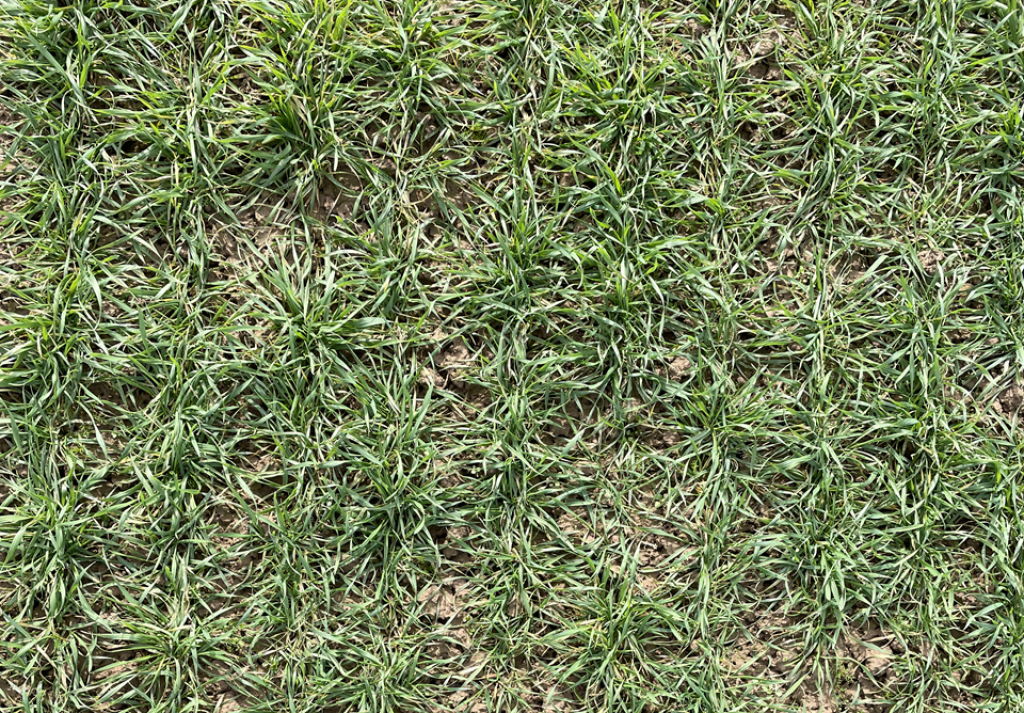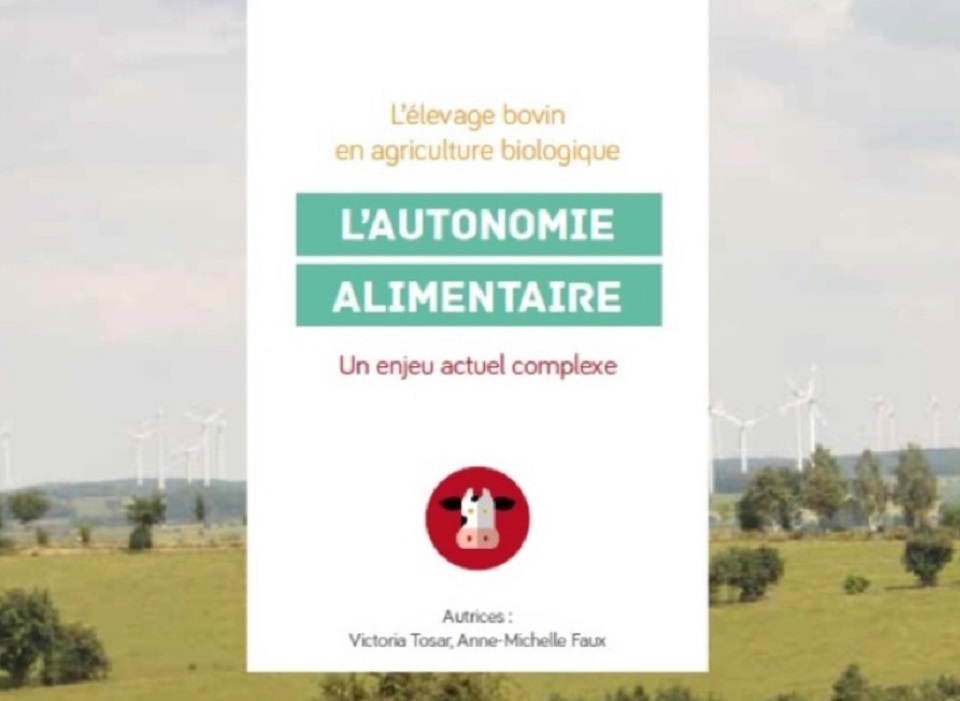In articles related to multi species livestock farming, described species are usually ruminants (cattle, sheep and less frequently goats). Monogastrics are largelly ignored. The reason is that most of the articles related to multi-species livestock farming deal mainly with co-grazing. In organic livestock breeding, there is a growing interest in monogastric grazing.
In the frame of the Mix-Enable project, the study conducted deals with organic farms with several livestock enterprises. 28 farms have been surveyed in 7 European countries. Only data from 102 farms were used in the calculation of indicators. These data include the types of species reared on each farm.
Pig and poultry enterprises in the 102 farms
Within the 102 farms, there are 21 types of species combinations : thirteen involve two species and eight others involve three species. The species found include cattle, sheep, goats, pigs and poultry. Farms with a pig enterprise account for 36% of the 102 farms. Amongst these, 24% are breeder-fatteners and the remaining are fatteners. Farms with a poultry enterprise also represent 36% of the total number of farms. 19% of the farms have both pig and poultry enterprises. These species are combined with cattle (dairy, suckler) and/or meat sheep herds.
Linkages between livestock enterprises
Some breeders have developed practices that connect ruminant breeding to monogastric species.
Regarding housing, 3 poultry enterprises share their house with cattle or sheep (simultaneously with cattle and successively with sheep, for herd sizes up to 2000 layers and 600 broilers) and 4 pig enterprises are housed with cattle or sheep (simultaneously with cattle and sheep for herd sizes of 15 to 325 pigs and successively with cattle for herd size of 40 pigs);
About grazing, 5 pig enterprises graze with another species of the farm. Four in successive grazing with cattle (on areas of 1 to 6 ha for herds of 2 to 5 sows) and 1 in simultaneous grazing with sheep (on an area of 90 ha for a herd of 60 sows). Dry sows can consume 1.1 to 10.5 kg/day of fresh grass in spring and 4.3 to 11.8 kg/day in summer.
Fifteen poultry farms graze with another species of the farm. Six graze simultaneously with cattle (on areas of 0.5 to 2 ha for flocks of 50 to 1800 laying hens) and five graze successively with cattle (on areas of 0.5 to 5.5 ha for flocks of 160 to 225 laying hens and on areas of 1.6 to 4.3 ha for flocks of 18200 to 30000 broilers). In broilers, the amount of consumed plant material varies between 0.2 and 15.4 g DM/day, depending on the season, the type of cover and the balance of the ration. Poultry reared on pasture supply up to 3% of their energy requirements with fodder.
Regarding material flow between livestock enterprises, farms with a dairy workshop use the washing water from the dairy to feed pig. Farms processing milk into cheese use the whey as pig feed. Farmers using these by-products for pig feed save money on the purchase of concentrates. One dairy cow would fatten 2 pigs over a year, at a rate of 2000 litres of whey (i.e. 12 litres/day), supplemented by 300 to 350 kg of cereals. In Belgium, a dairy cattle farmer and pig fattener who transforms milk into cheese, only fattens pigs at spring and summer to coincide with the peak of lactation (and the resulting whey production).
Although these options are still not widely implemented, complementarities between ruminant and monogastric can be very interesting, both in grazing and in the re-use of by-products.













